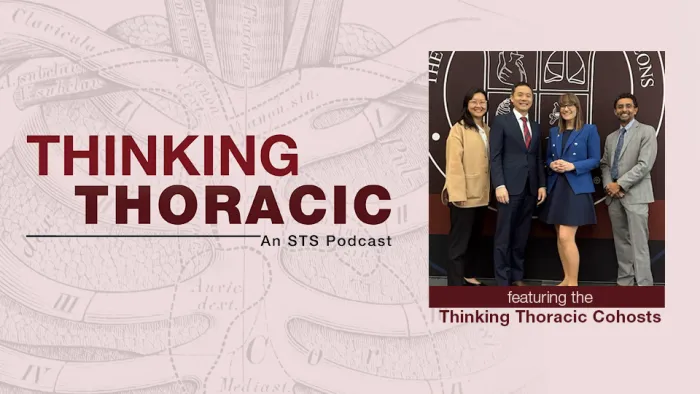Reassessing Efficacy: Understanding Failures in Lung Cancer Screening Despite Low-Dose CT Protocol Adherence, a study presented at the 2025 STS Annual Meeting by Case Western Reserve University medical student Victoria Shiqi Wu, analyzes clinical and demographic factors contributing to lung cancer deaths among patients undergoing low-dose CT (LDCT) screening. Despite the substantial benefits of LDCT in detecting lung cancer early, some patients still succumb to the disease, raising important questions about the effectiveness of current screening approaches for certain populations.
The study utilized data from the National Lung Screening Trial, examining 16,081 patients with negative (normal) initial LDCT scans. Screening success was defined as either remaining cancer-free or surviving lung cancer. Screening failure was characterized by:
• Receiving three negative scans but dying of lung cancer.
• Being diagnosed with stage 4 lung cancer.
• Having a positive scan but still succumbing to the disease.
Key Findings
Out of the total cohort, 98.1% (15,775 patients) experienced screening success. Among the 306 patients diagnosed with lung cancer, 33.3% had successful outcomes, while 66.6% faced screening failure.
The study identified several factors significantly associated with screening failure, including:
- Age over 70: Patients in this age group faced a 2.65 times higher risk (95% CI: 1.66-4.12).
- Male sex: Male patients were 1.56 times more likely to experience failure (95% CI: 1.13-2.17).
- Current smoking: Smokers had a 2.03 times higher likelihood of screening failure (95% CI: 1.52-2.73).
- Chronic obstructive pulmonary disease (COPD): Patients with COPD had 2.20 times the risk (95% CI: 1.35-3.46).
- Emphysema and sarcoidosis: Patients with these conditions faced elevated risks, with sarcoidosis showing an especially strong association (OR=7.99; 95% CI: 1.24-29.0).
- Firefighting work: Although less common, individuals in this occupation showed higher failure odds (OR=2.14; 95% CI: 0.99-4.07).
Implications
The findings underscore the need for tailored interventions to improve LDCT screening outcomes for high-risk populations. Enhanced strategies may include:
• Developing personalized screening protocols.
• Implementing more aggressive smoking cessation programs.
• Increasing surveillance for patients with comorbidities like COPD and emphysema.
The study highlights the importance of understanding the limitations of LDCT screening and targeting vulnerable groups to maximize its lifesaving potential. By addressing the identified risk factors, healthcare providers can take meaningful steps toward reducing lung cancer mortality.
